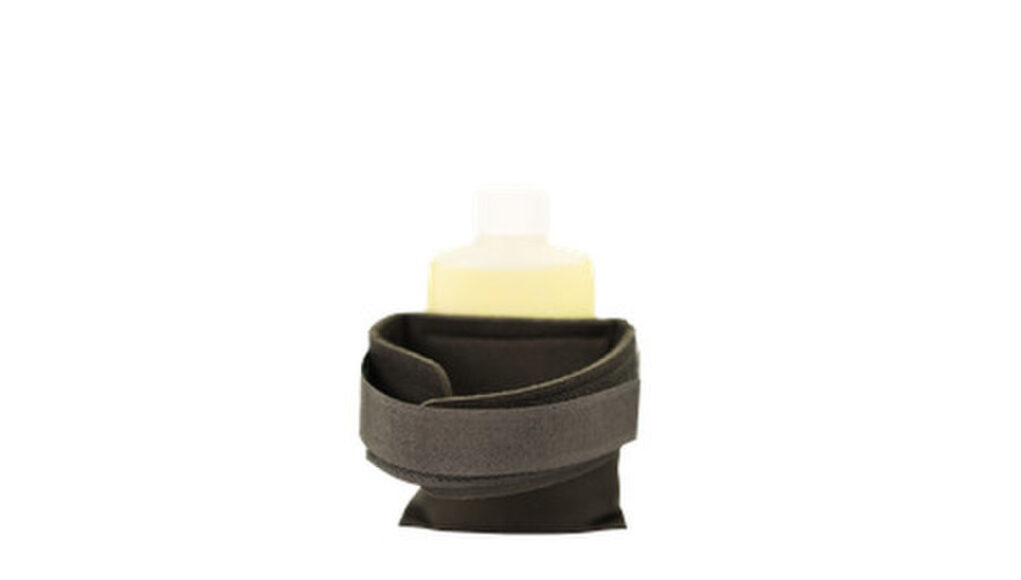Synthetic urine has become a go-to solution for those needing a reliable urine substitute for various testing purposes. Whether it’s for calibrating lab equipment or research, the convenience and effectiveness of synthetic urine have made it a popular choice. A critical feature of this product is the temperature strip, which ensures the sample stays within the correct temperature range. In this post, we’ll discuss the role of the temperature strip, how to use it properly, and where to buy synthetic urine for your needs.
What is Synthetic Urine?
synthetic urine is a lab-engineered liquid replicating human urine’s chemical composition. It contains the same substances found in real urine, including urea, creatinine, and uric acid, along with the correct pH balance and specific gravity. This makes it almost indistinguishable from real urine during laboratory testing.
People buy synthetic urine for multiple reasons:
- Laboratory Research: Scientists use synthetic urine to test urine-based medical devices, and cleaning products.
- Calibration of Testing Equipment: Labs often need controlled urine samples to ensure the accuracy of test machines.
- Passing Medical Tests: Individuals use synthetic urine as a substitute during pre-employment or routine screenings.
A significant part of successfully using synthetic urine is ensuring that it mimics fresh human urine, which includes keeping it at the correct temperature.
The Importance of Synthetic Urine Temperature Strip
When submitting a sample for a test, labs will immediately check the urine’s temperature to ensure it’s fresh. The acceptable temperature range for urine samples is typically between 90°F and 100°F (32°C to 37°C). Anything outside this range raises suspicions that the sample isn’t authentic.
This is where the synthetic urine temperature strip comes into play. Each synthetic urine bottle has a temperature strip on the side to monitor the heat of the sample.
How to Use the Temperature Strip
Properly using the synthetic urine temperature strip ensures your synthetic urine passes as real temperature. Here’s a step-by-step guide on how to use it effectively:
- Activate the Heat Source: Most synthetic urine kits have a small heating pad. Activate the heating pad by shaking it to generate heat and attach it to the synthetic urine bottle. This will gradually warm the liquid.
- Check the Temperature: After 10-20 minutes of heating, use the synthetic urine temperature strip on the bottle to check if it’s within the 90°F to 100°F range. The strip will display the current temperature, usually with a green color on the strip.
- Adjust as Needed: If the temperature is too low, keep the heating pad attached and wait a few more minutes. If it’s too high, remove the pad and let the bottle cool slightly before rechecking the temperature.
- Submit the Sample: Your synthetic urine is ready to be submitted once the temperature is correct. The temperature strip will ensure that the sample stays at the proper heat level until it is tested.
By closely monitoring the temperature strip, you can avoid common issues like the sample being too cold or overheating, which would likely result in a failed test.
Why the Temperature Strip is Critical for Success
Using the quality synthetic urine temperature strip is one of the most crucial steps in ensuring your sample is accepted. Laboratories are trained to check urine temperature once a sample is submitted. If the sample falls outside the normal range, even if the chemical composition is correct, it may be flagged as suspicious or rejected outright. Therefore, having a reliable temperature strip helps give you confidence that your synthetic urine will pass the temperature test.
Conclusion
Using synthetic urine requires careful attention to detail, particularly maintaining the correct temperature. The strip is an invaluable tool that ensures your sample stays within the accepted range for testing. If you want to buy synthetic urine, purchase from trusted sellers who provide complete kits, including temperature strips and heating pads, for the best results.








